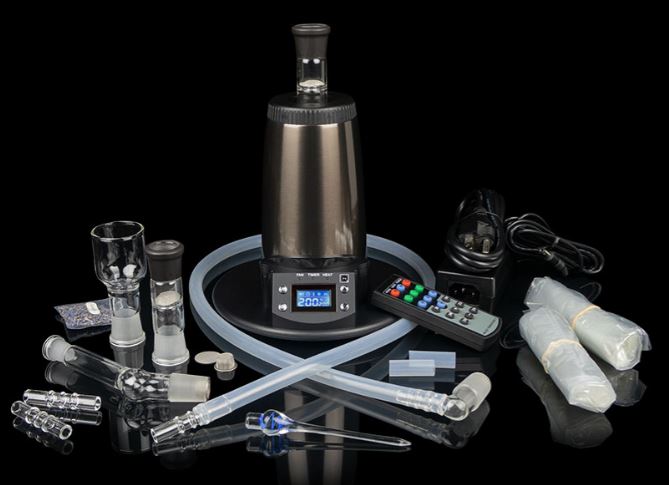The National Disability Insurance Scheme (NDIS) supports Australians with a disability, their families and their carers.
The NDIS is progressively being rolled out across each state and territory in Australia.
To assist our members, Limbs 4 Life has developed the following resources for people living with limb loss who are transitioning into the NDIS.
The Amputee Guide to the National Disability Insurance Scheme
The Guide to the National Disability Insurance Scheme is a comprehensive booklet which outlines the processes from start to finish.
The Guide also includes worksheets for ‘setting goals for amputees and children with limb differences.’ You can use these worksheets to develop your goals and take them to your planning meeting.
The NDIS Equipment and Service Checklist for people with limb loss
The Checklist may help you identify the equipment, consumables and services you need to fulfil your goals.
Things to consider when transitioning into the NDIS
There are several things that you need to consider when transitioning into the NDIS:
- Remember to allow for repairs and prosthetic maintenance in your plan.
- Think about the number of liners and stump socks you may need over one year.
- Are you considering trialling different prosthetic devices like: a foot, hand or knee unit? If so, you will need to allow for clinical trials in your plan. Make sure you have a discussion about your needs with your prosthetist so that they can include the cost of trials in your plan. It would help if you also discussed this with your Planner or Local Area Coordinator.
- The NDIS uses the term ‘Assistive Technology’ or (AT) when referring to prosthetic devices and equipment.
- As a participant of the NDIS, you must clearly outline your goals, how you will achieve them, and how your goals will assist you to live an ordinary life.
Funding under the NDIS
Funding under the NDIS is provided under three different support clusters:
Core Supports – The Core support budget comprises four different categories. These include:
- Daily activities – for example assistance with self-care activities or household tasks.
- Social, community and civic participation – for example: supports to enable you to engage in social or recreational activities.
- Consumables – for example, prosthetic liners, lotions and gels.
- Transport funding (if you are unable to use public transport because of your disability)
Capital Supports – Capital supports have two support categories:
- Assistive Technology: for example, prosthetic limbs, wheelchairs, shower stools, readers etc.
- Home Modifications: ramps, handrails etc
Capacity Building Supports – Capacity building funding includes categories such as:
- Daily activity
- Choice and control
- Employment
- Social Community and Civic Participation
- Health and Well Being
- Home Living
- Lifelong Learning
- Relationships
- Support Coordination
Examples of Capacity Building Supports include gait training from a Physiotherapist and support from an Occupational Therapist to teach you how to use a one-handed mouse.
Remember, if you leave something out of your plan, you can have it reviewed, however, if you can get it right the first time it will make the process easier in the long term.


